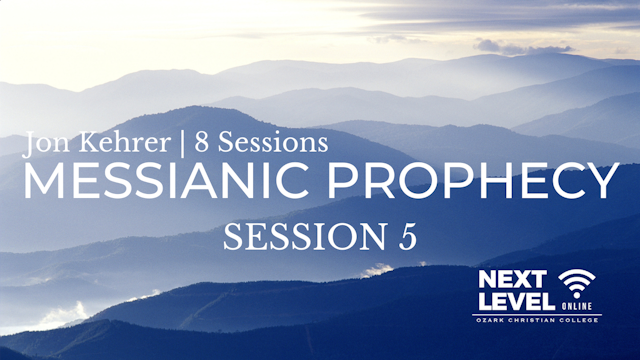Dan 7:13-14 / Mark 10:45


The vision of Ozark Christian College is to glorify God by evangelizing the lost and edifying Christians worldwide. The mission of Ozark Christian College is to train men and women for Christian service as a degree-granting institution of biblical higher education.
Dan 7:13-14 / Mark 10:45
Introduction
Every now and then, we'll come across something in Scripture that doesn't look like a quotation. That's what we find here.
Well, this actually fits several different criteria for an allusion. We won't walk through all of these specifically, but here's a list of ideas, all adapted from Richard B. Hays, in his book, Echoes of Scripture in the letters of Paul.
We can usually verify an allusion if the connection has: (Write on bottom)
NT:
OT:
Biblical Development: Daniel is so late, there is little here. However, we do see this image elsewhere of a suffering Messianic figure. Texts like Psalm 22, especially, seem to detail the pain and agony of the Messiah for the sake of the many.
NT Author:
If this is legitimate, Jesus is doing a couple of things. First, he is expressing Ironic Usage (The Old Testament is used ironically for the New Testament author's rhetorical purposes). This is because it does not happen in a way that is expected.
with the people. So, if the people suffer, it can be assumed that the Son of Man will also vicariously suffer with them. In this way, the Son of Man could be said to suffer.
This, however, seems to fit the Messianic reality. Do we serve Jesus, like the Son of Man is served in Daniel 7? Of course. However, we don't assume that means that Jesus doesn't serve us. Rather, he is turning their expectations on their head.
He is also doing Direct Prophetic Fulfillment. In this way, he is helping his audience see that this is coming true in him but not totally in a way that they would expect, and it will continue to be fulfilled in his death and resurrection.
Notice how tightly this is connected to the context of Mark 10...
is the context of Daniel 7, and Jesus steps into the midst of that description of Gentile rulers (which, by the way, are the beasts of Dan 7) to purport that he is the one bringing a new world order.
Dan 7:13-14 / Mark 10:45
Introduction
Every now and then, we'll come across something in Scripture that doesn't look like a quotation. That's what we find here.
Well, this actually fits several different criteria for an allusion. We won't walk through all of these specifically, but here's a list of ideas, all adapted from Richard B. Hays, in his book, Echoes of Scripture in the letters of Paul.
We can usually verify an allusion if the connection has: (Write on bottom)
NT:
OT:
Biblical Development: Daniel is so late, there is little here. However, we do see this image elsewhere of a suffering Messianic figure. Texts like Psalm 22, especially, seem to detail the pain and agony of the Messiah for the sake of the many.
NT Author:
If this is legitimate, Jesus is doing a couple of things. First, he is expressing Ironic Usage (The Old Testament is used ironically for the New Testament author's rhetorical purposes). This is because it does not happen in a way that is expected.
with the people. So, if the people suffer, it can be assumed that the Son of Man will also vicariously suffer with them. In this way, the Son of Man could be said to suffer.
This, however, seems to fit the Messianic reality. Do we serve Jesus, like the Son of Man is served in Daniel 7? Of course. However, we don't assume that means that Jesus doesn't serve us. Rather, he is turning their expectations on their head.
He is also doing Direct Prophetic Fulfillment. In this way, he is helping his audience see that this is coming true in him but not totally in a way that they would expect, and it will continue to be fulfilled in his death and resurrection.
Notice how tightly this is connected to the context of Mark 10...
is the context of Daniel 7, and Jesus steps into the midst of that description of Gentile rulers (which, by the way, are the beasts of Dan 7) to purport that he is the one bringing a new world order.
© Live Church Solutions. All rights reserved.
